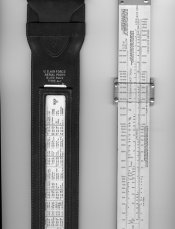Photo Engineer
Subscriber
U2's and SR-71's? [*]
Child's play.
At least those were platforms that could land with the film on board. Consider the early U.S. reconnaissance ('spy') satellites which contained about 16000 feet of 70mm film. The film would be jettisoned from orbit in a drop bucket, to be captured in mid air or in the sea.
https://en.wikipedia.org/wiki/Corona_(satellite)
Despite about a year and a half to two years of various failures, I consider these missions to be an overall success.
[*] originally RS-71, but LBJ swapped the letters while talking about it when he shouldn't've been.
We used BIMAT film which had a monobath, donor and receiver aboard the satellite. The images were scanned and sent back to earth.
The film and process were developed by a large team with Grant Haist being a contributor.
PE














